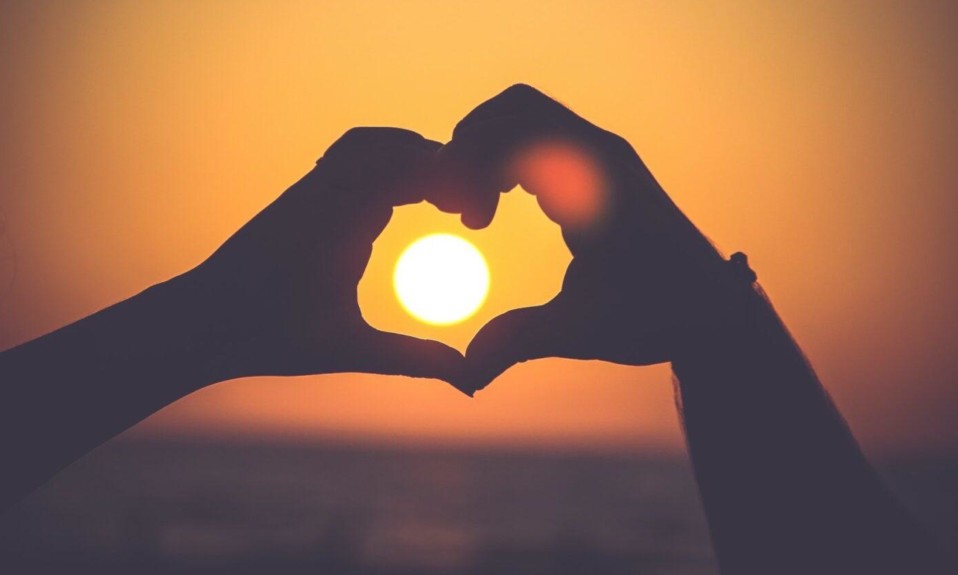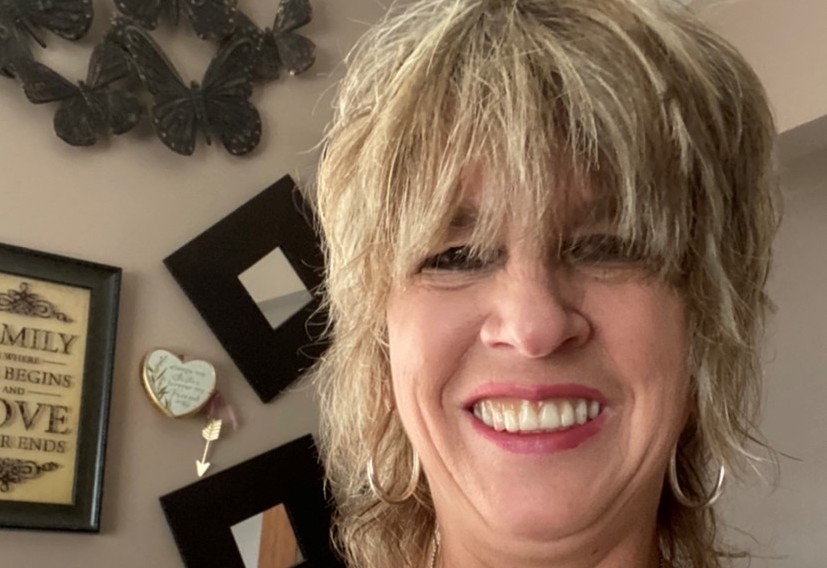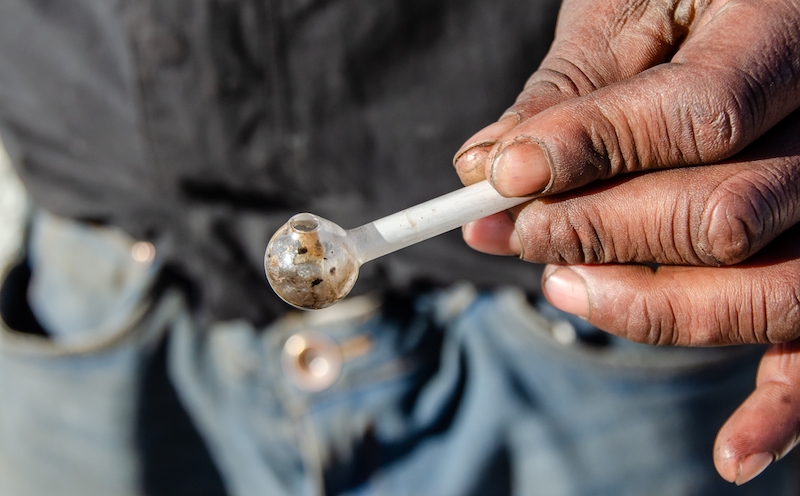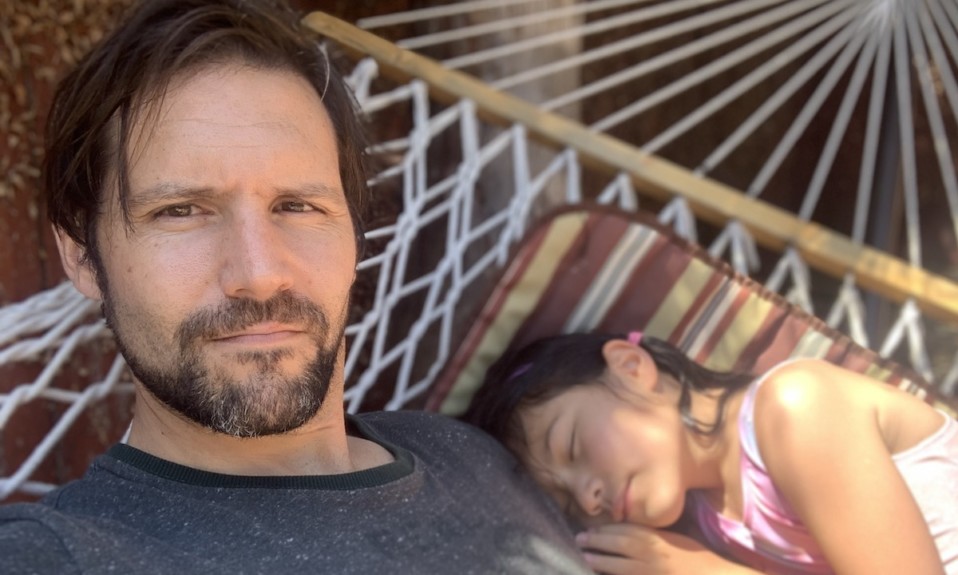Through Al-Anon and Sex and Love Addicts Anonymous, Emily G. was able to find her footing in the world
By Emily G.
April 20, 2021I think 12-step programs are like church for anyone who’s in them, but for me they’re church in a different sort of way. For those of us raised among addicts, the 12 steps, serenity prayer and Big Book are things we learn about rather young. Yet AA was a religion I never really paid attention to as a child, even though I was surrounded by the books and watched my mom get chips. Then at age 17, I attended my first Al-Anon meeting when the addiction cycle had sufficiently wiped me out. A few years later, I also started attending Sex and Love Addicts Anonymous (SLAA), when my life somehow felt even more out of control.
In SLAA, I learned about withdrawal from a person, from sex, from needing that type of validation. The painful, frighteningly intense feelings I had experienced so often in my relationships were more than just me being dramatic—they were a form of addiction.”
I turned to SLAA after an exceedingly painful period when I was in constant contact with ex-boyfriends who had physically and emotionally abused me. I was crying every night and riddled with anxiety, but I still couldn’t seem to stop this cycle. I remembered learning about SLAA from an Al-Anon fellow, and I looked up the literature one night in desperation. In SLAA, I learned about withdrawal from a person, from sex, from needing that type of validation. The painful, frighteningly intense feelings I had experienced so often in my relationships were more than just me being dramatic—they were a form of addiction. Introducing myself as a love addict felt foreign, but I knew I belonged in those rooms.
Many of my behaviors from being connected to an alcoholic transferred to my relationships—the people-pleasing, the fear of abandonment, the rescuing. I realized I had to work Al-Anon and SLAA together, or neither would do me much good.”
I had neglected Al-Anon for two years, thinking it wasn’t for me. Why should I, the addict’s daughter, have to work these steps? The thought made me angry; I only ever attended meetings when I was overwhelmed by another of my mom’s relapses. It was after starting SLAA that I realized why I actually needed Al-Anon. It isn’t about the alcoholic—it’s about me. Alcoholism is a family disease, and I was sick, too. Everything that led me to SLAA made sense. Many of my behaviors from being connected to an alcoholic transferred to my relationships—the people-pleasing, the fear of abandonment, the rescuing. I realized I had to work Al-Anon and SLAA together, or neither would do me much good.
So, I dove in. I made myself of service in each, bought literature, attended healthy-relationship meetings in SLAA and learned to drop the rope in Al-Anon. I navigated the minefield of defining sobriety in SLAA—a frustrating gray area, because I had to target all my addictive behaviors at a time when I didn’t trust myself, and then transfer much of what I learned to Al-Anon.
But I made my milestones, and discovered freedom. Through the fellowship I’ve found in each of these programs—the connections between the two—I understand for the first time that recovery is an act of self-love.
Photo: Mayur Gala













